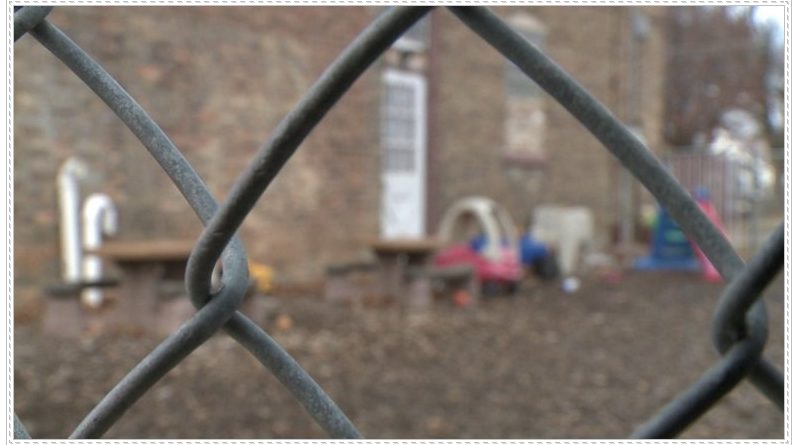A thousand feet from where, officer?
By JAMIE MARKHAM . . . Under G.S. 14-208.16, a registered sex offender may not reside “within 1,000 feet of the property on which any public or nonpublic school or child care center is located.” What’s the right way to measure those 1,000 feet? As the crow flies? Property line to property line? Building to building?
The statute is susceptible to multiple interpretations, and the issue has yet to be explored in North Carolina’s appellate courts. My sense is that not all 100 sheriffs in North Carolina apply the law in exactly the same way. And that’s understandable, because I can think of more than one interpretation that makes sense as a policy matter.
For example, a strict property-line-to-property-line approach isn’t a great fit in a rural area where a person’s actual residence might be many thousands of feet from the edge of his or her property. And measuring the distance as the crow flies may fail to take into account barriers like rivers and interstate highways that might effectively buffer a school or child care center by more than the required distance. It’s also challenging to apply the law to rental properties, where a registrant’s individual unit might be more than 1,000 feet from a protected place, but portions of the broader complex—perhaps including common recreation areas, like a perimeter walking trail—fall within the prohibited radius. All of these questions (and many more) have come up in real life.
Even if the “right” way to measure the distance may be open question for now, I do think the statute itself may give us some answers.
As to where to begin the measurement on the side of the protected place (the school or child care center), I think it’s reasonably clear that that measurement begins at the edge of the property line. The statute says the registrant may not reside “within 1,000 feet of the property on which any public or nonpublic school or child care center is located.” That reference to the broader property is hard to square with a reading that starts the measurement at the school or child care building itself.
The other end of the measurement is less clear. It refers just to the place where the registrant “reside[s],” which could be read to mean only the actual dwelling place and not the surrounding land. Had the General Assembly wanted to make clear that the distance was to be measured from the edge of the property line of the residence, it could have phrased the law differently, saying registrants could not reside “on property that is within 1,000 feet” of a school or child care center. That would parallel the structure the law uses for the protected places. And with that in mind a registrant could certainly make the argument that when the legislature wants the prohibition to extend to the property line, it knows how to say so, but it didn’t. Furthermore, to the extent that there’s any ambiguity in this criminal provision, a court would generally look to resolve it in the defendant’s favor.
Please read full article at North Carolina Criminal Law (a blog of UNC School of Government)


Hi, my name is Shawn and I need to talk to someone about my issue please.
yes he cannot return to live but he can visit i believe if itd not within 300 ft from a restricted erea but check nc law to be sure
What if a convicted sex offender who resided in his childhood residence that is located within 1000′ feet of a school property and wanted to move back home after serving their sentence. ( In North Carolina) . Crime occurred in another state. Family has been living at this location for over 15 yrs. sine the offender was 7 years old. Offender was living back at this home residence address location when they were sentenced. QUESTION: Once they get out of jail, AND HAVE SERVED THEIR TIME, will they be prohibited from being able to resume residency at this location or subsequently prohibited from visiting family at this home location ever again?